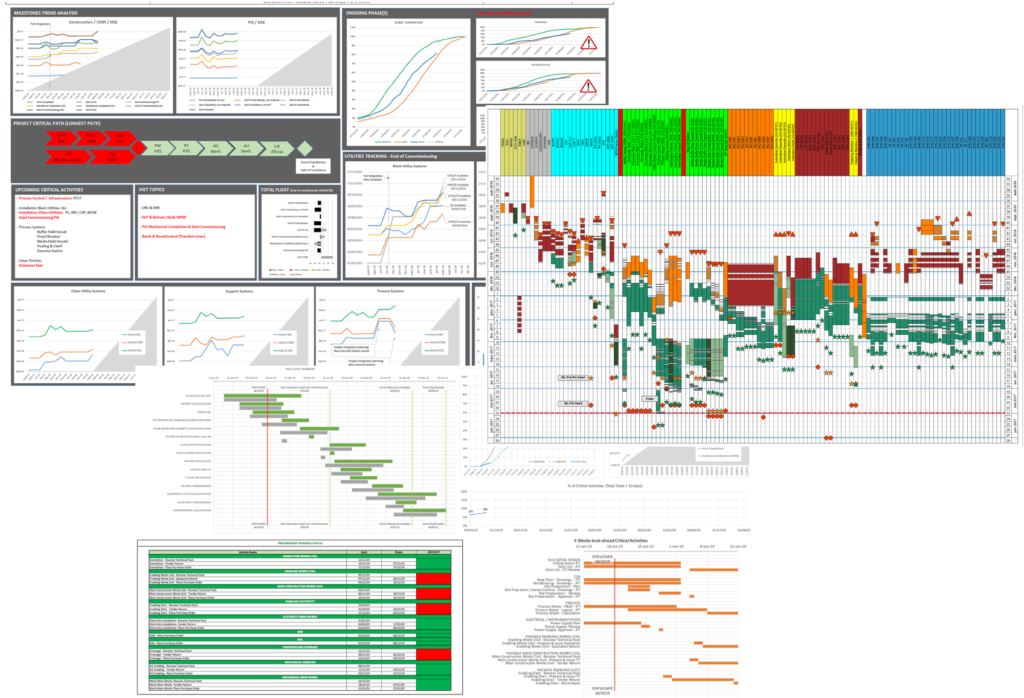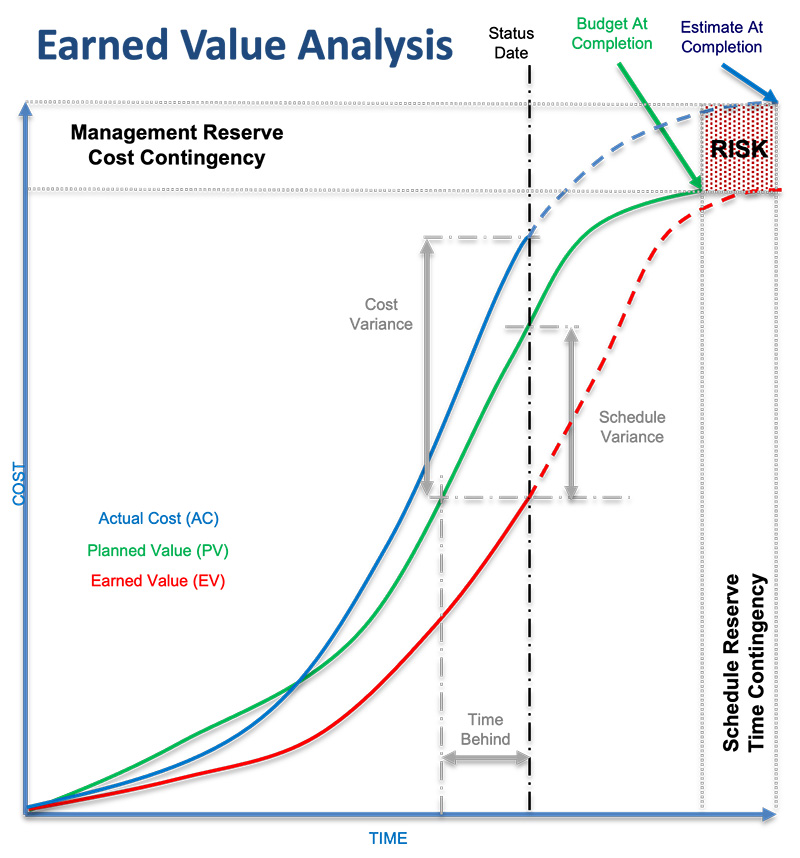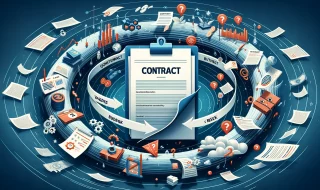Project control is a crucial element of project management. Once the project is underway, the project manager needs to set up a project monitoring and control system to ensure that progress is on schedule. They must also provide for corrective measures in the event of a widening gap between objectives, deadlines and forecast costs.
The project manager collects and analyses data on ongoing activities to measure progress and potential deviations throughout the project lifecycle.
Project managers have various tools available to help them achieve this. They can then use these tools during each phase of project control. The phases can be divided into three main sections:
- Defining objectives
- Technical and human resources
- Results and key performance indicators (KPIs)
The best project control tools
Project control and monitoring must be meticulous so that any problems that arise can be brought to light at an opportune moment and the necessary action can be taken in good time. They aim to maintain the Golden Triangle of costs, planning and deadlines.
KPIs
KPIs or Key Performance Indicators are essential to project monitoring, as they provide valuable information about performance. These are quantified indicators that can be used throughout the project to monitor the achievement of the defined objectives and the progress that is being made.
The KPIs to monitor as part of project control include:
- Cost Performance Index (CPI = Earned Value (EV) / Real Costs (RC))
- The budget gap
- Profitability (for each project task, the project as a whole and the customer)
- Financial profitability
- Expected Value (EV = budget to completion X Expected percentage completion)
- Utilisation rate (Number of hours invoiced / Number of hours available) X 100
- Schedule Performance Index (SPI = earned value / planned value)
- Staff turnover rate
- Human resources capacity
- On-time completion rate
- Estimated duration of execution VS actual duration
This list is not exhaustive, and some of them may not be suitable for your project. The KPIs to be monitored must, therefore, be adapted accordingly.
The Dashboard
The dashboard is the #1 tool used in project control. It provides real-time visibility of the project and its progress and acts as a central repository for key information and KPIs. In this way, the dashboard enables any problems to be detected quickly and informed decisions to be taken.
You might be interested by: How do you monitor a project? Methods and tools

The Gantt chart
The Gantt chart makes project planning easier by visually representing each task on a graph. This allows the project manager to monitor the project’s progress against the deadlines and estimate any discrepancies.
EVM (Earned Value Management)
Earned Value Management measures the progress of the project. The EVM is based on three indicators:
- The Value Plan = the budget plan
- The Actual Cost = the budget actually spent
- The Earned Value = the budget corresponding to the work carried out
The project manager can use these three indicators to identify delays and cost overruns.
- Schedule Variance = EV – EP to identify schedule variances
- Cost Variance = EV – AC to identify budget variances
You might be interested by: EVM a true project control tool

The risk matrix
The risk matrix is a powerful tool for calculating the level of potential risk identified, highlighting the severity of a risk in relation to the probability of it occurring. The rule is as follows: Probability x Consequence = Level of risk. So the project manager can use this method to monitor the project and anticipate any corrective measures required.
Project management software
If project monitoring and control are to be effective, it is also essential to use appropriate project management software that will enable the project manager to employ these various tools. Microsoft Project & Oracle Primavera P6 are planning tools that provide effective ways to control projects and facilitate decision making. They help with planning and give an overview of activities throughout the project.
Regular meetings
The importance of project control and monitoring:
Project monitoring and control are essential elements of project management. They ensure that the project is carried out in line with the objectives set and within the deadlines and resources allocated. Following on from planning and implementing the project, project monitoring allows the project to be controlled, going back and forth with the team to adjust as necessary and anticipate any delays or problems that arise.
So, as well as preventing risks, project control makes it possible to manage the various stages of the project effectively, limiting wasted time and resources to produce the expected deliverables on time. Without monitoring and control, it is easy to deviate from the original objectives, go over schedule and fail to deliver. This is why project control and monitoring play an essential part in project management.
Choosing PROPRISM to ensure controls of your projects
PROPRISM deploys its expertise in Project Controls to offer you solutions tailored to the management and control of your projects. We have a team of experts capable of improving the quality of your projects, promoting productivity and strategic alignment, as well as reducing costs and ensuring deadlines. PROPRISM operates in the pharmaceutical, marine, construction, engineering, transport and infrastructure, and chemical industries.
Our experts play a key role in the success of your projects. Their experience is employed to ensure that resources are properly allocated and that budget forecasts are adhered to. Using agile methods and project management tools that encourage adaptability and responsiveness to change, they encourage improvement and productivity in project management. PROPRISM also plays an essential role in providing advice and assistance, and supports your teams throughout the project life cycle with ongoing training. We also ensure coordination and motivation throughout the project to guarantee its success. Thanks to our solid expertise and essential teamwork, we can work with you to make your projects successful.




